Black spots on rose leaves: what is it and how to treat it?
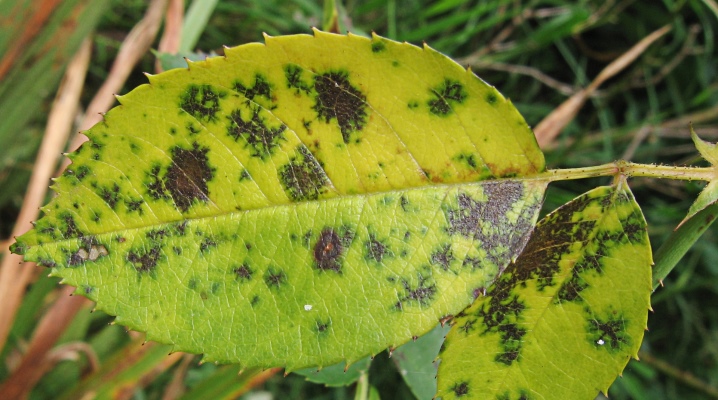
Black spot is considered one of the most common diseases affecting garden roses. Fortunately, timely prevention can save the gardener from this misfortune.
Description of the disease
Black spot is a rather dangerous disease, from which rose bushes most often suffer. It causes particular harm to young, recently planted seedlings. At first, the black spots that covered the leaves of the roses simply violate the decorative effect of the bush, but then the plates begin to curl and fall off. The development of infected bushes slows down, and young branches, being unable to get stronger, shed their foliage. As a result, most specimens are unable to survive the winter season. By the way, it should be mentioned that the spores of the fungus are spread not only by water, including dew, and the wind, but also fall on plants with the help of insects.

Reasons for the appearance
If black spots appeared on the leaf plates, and sometimes on the shoots of roses, then the effect of the fungus Marssonina rosae, which spreads with the help of spores and actively develops in warm but humid weather, is to blame. This explains why mottling usually appears in the spring months, but does not manifest itself in a dry, hot summer. The first "victims" of the disease are rose bushes, located in the lowlands or densely surrounded by other plants in the flower garden. In such conditions, moisture cannot evaporate in time after watering or rains, and air circulation is slowed down, as a result of which the fungus begins to multiply. Factors affecting the development of spotting also include poor lighting, lack of wind, potassium deficiency, excess nitrogen, or soil acidification.
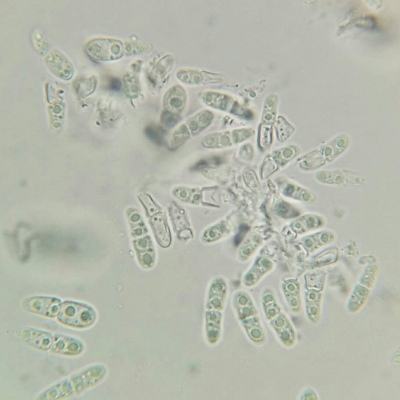
If the rose was planted in the shade, too often watered or overfed with nitrogen fertilizers, then most likely, at the end of the first wave of flowering, it will become infected with spotting. The presence of last year's foliage in the beds, a lack of fertilizer, or the thickening of the bush itself will aggravate the situation, and black spots will begin to appear on the upper tier of the bushes.
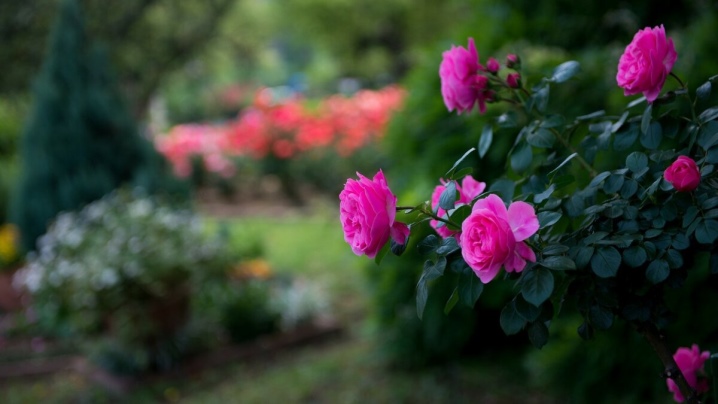
Signs of defeat
The fact that roses are sick with black spot can be guessed pretty quickly. Of course, the first symptom is the appearance of sun-shaped spots on the leaf plates, which darken over time. In diameter, such marks do not exceed an interval of 5 to 16 millimeters. After some time, brown or brown formations turn yellow at the edges and become covered with fuzzy dots. On average, after about a week, the spots will merge, and the entire leaf blade will acquire a dirty yellow tint. At the next stage, the leaves dry, and the shrubs discard them.
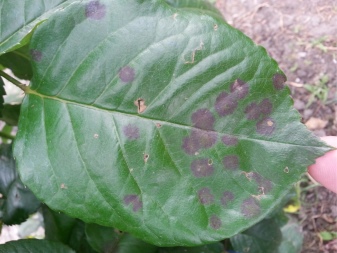

In some cases, instead of spots, rounded tubercles form on the plates, and dark dots are found on fresh stems and the tips of the sepals. It is worth recalling that if a rose is sick, signs of damage will spread "from the bottom up", from the lower leaves to the top. Nevertheless, they will begin to appear only a month after the "settling" of the fungus.
If the weather is hot and humid, then the first symptoms can be detected within 10 days after infection. Such a plant visually looks "thinner" due to loss of foliage and a reduction in the number of flowers.In some cases, only the trunk with the petals of the bud remains from the luxurious bush. Since spores of black spot winter well in frozen ground, the disease can overtake plantings the next season.
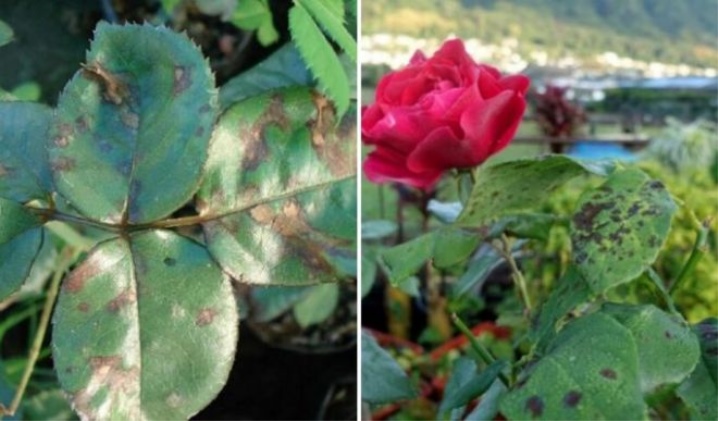
How to treat?
Treatment of black spot is carried out in different ways, however, the most effective of them is still the use of chemicals.
Chemicals
Treatment of bushes with fungicides should always be carried out according to the instructions. Good reviews are received by "Skor" - a complex remedy that does not give an opportunity to get rid of the disease, but also to provide prevention. The action of the drug begins within a couple of hours after treatment - this time "Skoru" is enough for the distribution of substances throughout the vascular system of the bush. This fungicide is allowed to treat roses at any stage of development. The emulsion concentrate is diluted with clean water in such a way that 10 liters of water are needed for 5 milliliters of "Skor". It is important to first dissolve the fungicide in a small amount of warm water, and then bring the medicine to the desired volume.
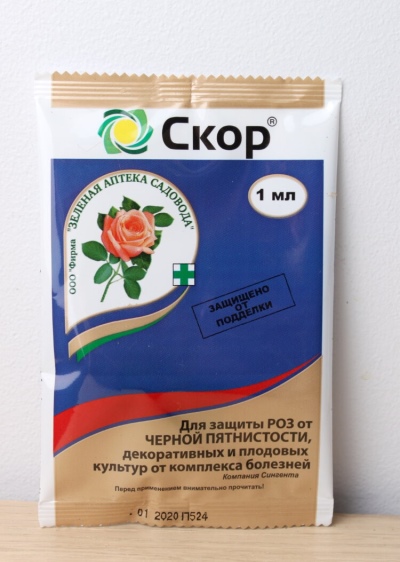
Abiga-Peak is considered to be no less effective - a drug that fights against fungi on any plants. The substance is able to act even at low temperatures and remain on the surface of the plant for a long time. To spray roses, 40-50 milliliters of fungicide will have to be dissolved in 10 liters of water. Processing must be carried out within 24 hours, either in the morning or in the evening. It will take a couple of weeks to sprinkle the roses again.

The chemical preparation "Ridomil Gold" promotes the appearance of a protective film on the leaves and stems that can destroy the fungus. The fight with this fungicide can be carried out regardless of the state of the plant. For preparation, 25 grams of powder are diluted in 10 liters of water. If the plantings are processed immediately, then the plants can be watered in half an hour.
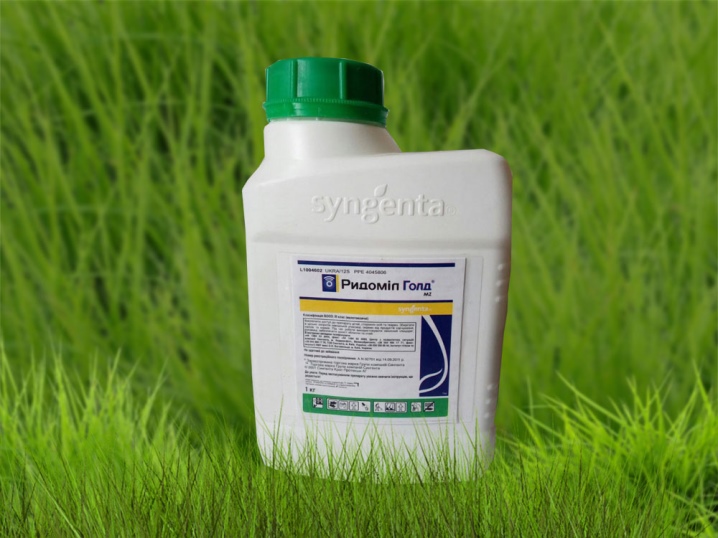
Among all fungicides, Bordeaux liquid is considered the best in adhesion. It is better to fight against the disease with its help in early spring, cultivating not only the plantings themselves, but also the land next to them. However, you can use Bordeaux life in the summer, repeating the treatment four times, maintaining an interval of 10 days. For spring treatment, 200-300 grams are diluted in a bucket of water, and for summer treatment, 100 grams of the substance are dissolved in the same amount of liquid. It is important that the solution of a beautiful blue color retains either a neutral or slightly alkaline reaction.
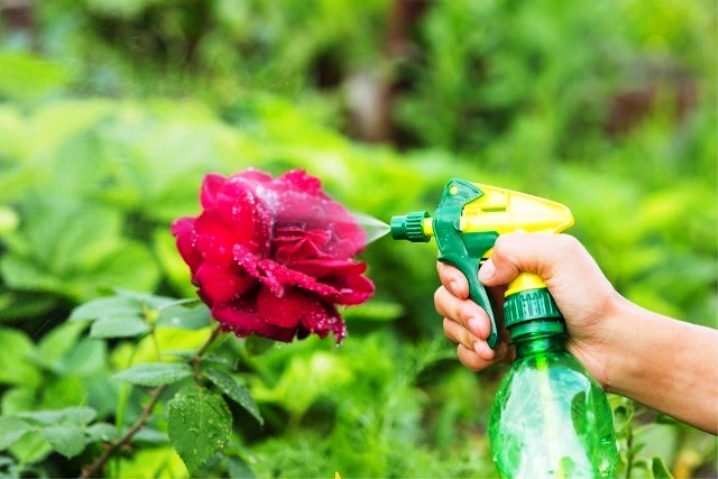
It will be possible to save your flower garden thanks to Previkur Energy, which increases the plant's immunity, and a systemic fungicide called Topaz. The latter is able to stop black spot within a couple of hours after spraying. To prepare the "medicine" 4 milliliters of the substance are dissolved in 10 liters of water. The procedure is carried out necessarily in the absence of wind, either late in the evening or early in the morning. Finally, Profit Gold, which contains manganese and zinc, is popular with gardeners.
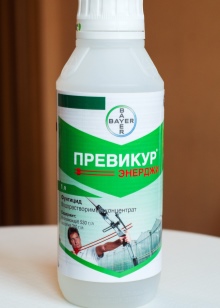

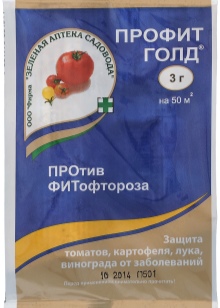
For spraying, 4 grams of medicine is supplemented with 10 liters of water. By the way, this should be done very carefully, since it is toxic to living things. It should be mentioned that at the initial stage of the development of the disease, it is recommended to use preparations containing copper: copper sulfate or Median Extra.
Biological agents
For the treatment of roses, some biological preparations are also suitable; they are less capable of harming the plantings. For example, it can be "Fitosporin-M" Supplemented with "Zircon" or "Siliplant". Biological treatment is carried out every 5 days, in total at least 4 times. In the period between treatments, the land around the plantings should be watered with Fitosporin-M solution. An important condition is the disposal of all infected and fallen leaf plates, as well as the treatment of the earth with preparations containing copper.To strengthen the immunity of roses, in parallel with the above preparations, it is worth using "Ecoberin" and "Healthy Garden".
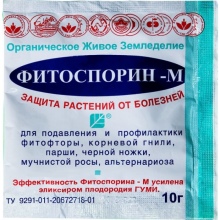


Traditional methods
In the early stages, you can get rid of black spots with the help of a variety of folk remedies. Alternatively, fresh or dried horsetail is used to prepare the decoction. In the first case, a kilogram of green mass is involved in a bucket of water, and in the second - 150 grams. The plant is infused throughout the day, and then boiled for about 30 minutes. When the broth has cooled, it will need to be filtered and diluted with water in a ratio of 1: 10.
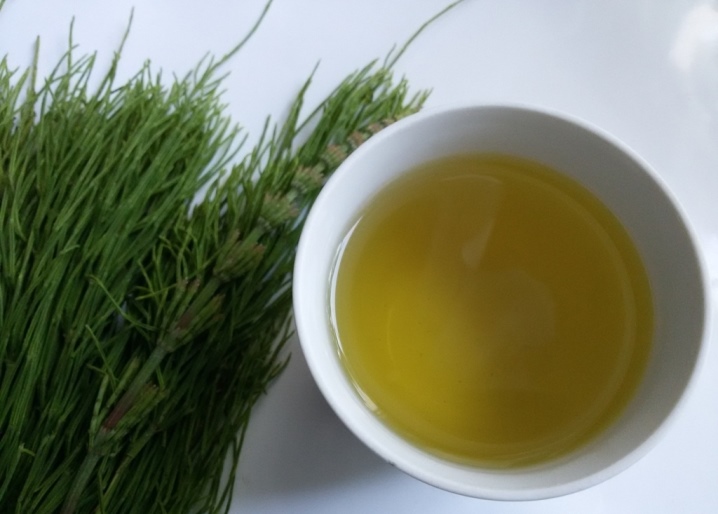
The use of nettle is quite effective. The leaves, stems and roots of fresh grass, peeled from seeds and flowers, are poured into a bucket. It is necessary to fill the container halfway with the green mass, and then pour everything with a bucket of boiling water. The broth is infused for a couple of days with constant stirring. Sometimes rotted cow dung helps to cope with black spot. Having filled it with clean water in a ratio of 1: 2, it is necessary to insist the solution for three days, strain it and dilute it with water. The amount of liquid should be twice the amount of the substance.
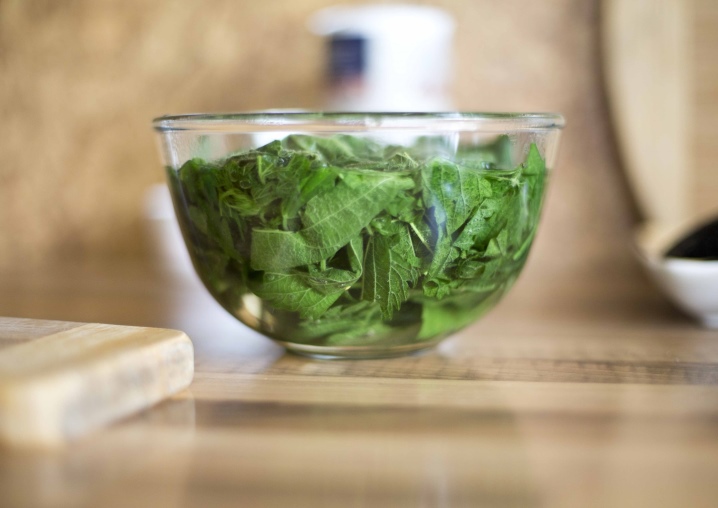
A dandelion solution is just being prepared. To do this, a kilogram of roots and trunks of flowers are finely chopped and filled with 10 liters of water. After 24 hours, the solution can be filtered and used not only for spraying, but also for irrigating bushes. Usually, three treatments are enough for a complete cure, between which a week break is maintained.
You can also try onion skins containing iodine, zinc, manganese and magnesium. Approximately 100 grams of this ingredient is poured into half a bucket of cold water. After a day, the infusion is filtered and supplemented with 5 grams of soap. Onion processing is done three times, again with a break of 10 days. To enhance the effect, rose bushes are powdered with crushed wood ash.
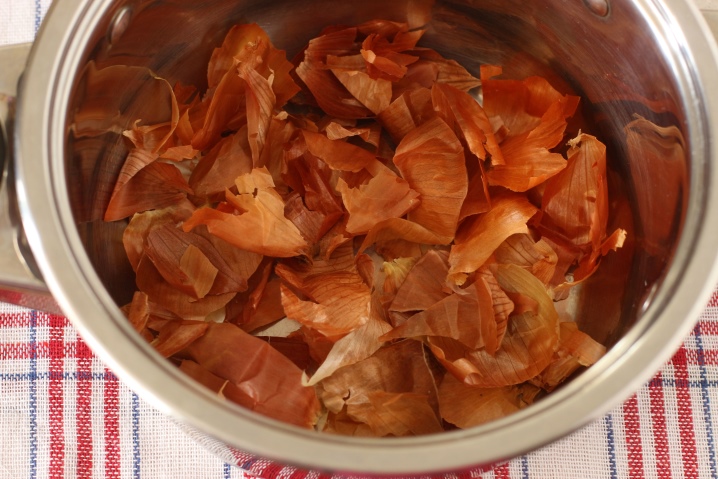
It is important to mention that regardless of the preparation used, they are first removed from the plant, and then all damaged leaves are burned. After carrying out the treatment, it is necessary to constantly monitor the condition of the plant and maintain the interval between treatments.
Prophylaxis
Adequate preventive measures are an important part of protecting roses from black spot. The culture must be provided with the necessary conditions for growth, and its care must be regular. Initially, a well-lit area with slightly acidic soil should be selected for roses. The increased acidity is regulated by adding 150-250 grams of lime or 250-500 grams of dolomite flour. Free space must be maintained between individual bushes. Roses should be regularly fed and not planted in places where similar crops have already grown.

During the spring and fall months, planting should be free of dry and damaged shoots. If necessary, thinning crown pruning is immediately organized. Weeds are promptly removed throughout the season. Before the start of wintering, the soil is treated with a weak solution of copper sulfate, or iron sulfate. By the way, a good solution would be to plant garlic, lavender, calendula and sage next to roses - that is, those crops that the fungus does not like. If warm rainy weather is observed in spring and summer, then as a preventive measure, the flower garden should be treated with infusion of tobacco or garlic, and also scattered wood ash in the trunk circle.

Resistant varieties
If all conditions contribute to the spread of black spot, then tea, climbing or polyanthus roses should not be planted in the flower garden. In contrast, flower varieties with glossy leaflets are unlikely to be affected by fungus. The most resistant rose varieties include Leonardo de Vinci, Quadra, La Perla, Nostalgie, Grande Amore and others.
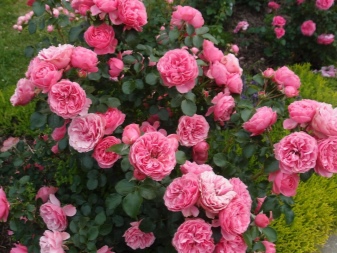
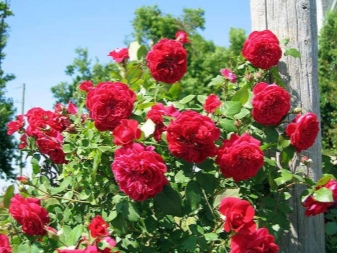













The comment was sent successfully.